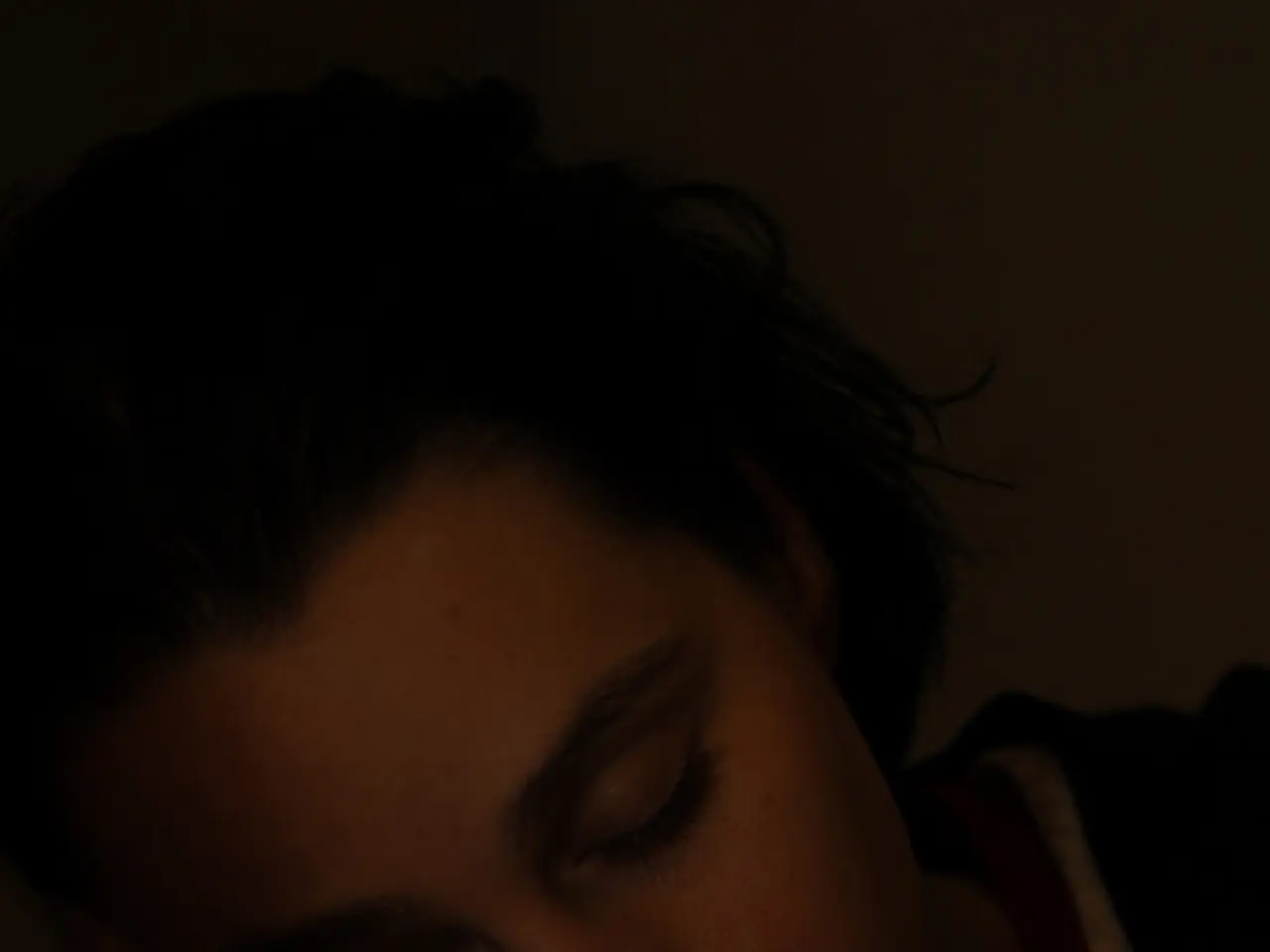Hallucinations during sleep onset: Triggers, signs, and remedies
Hypnagogic hallucinations are vivid, dream-like sensory experiences that occur during the transition from wakefulness to sleep, specifically in the hypnagogic state just before falling asleep. These experiences can involve visual, auditory, or tactile sensations and are generally considered harmless when occurring occasionally.
### Potential Causes
Researchers have not yet uncovered the exact cause of hypnagogic hallucinations, but several factors are believed to contribute. Narcolepsy, a neurological sleep disorder, is one such factor. Narcolepsy is characterized by excessive daytime sleepiness, sudden muscle weakness (cataplexy), sleep paralysis, and disrupted sleep architecture. Narcolepsy involves low levels of hypocretin (orexin), a neuropeptide regulating sleep-wake transitions, which may contribute to these hallucinations.
Other underlying sleep disorders and disturbances in sleep regulation can also trigger hypnagogic hallucinations. Anxiety and insomnia can influence the frequency and intensity of these hallucinations, likely due to sleep fragmentation and heightened arousal. Parkinson’s disease can be associated with hallucinations, but hypnagogic hallucinations themselves are less directly linked.
### Symptoms
Individuals experiencing hypnagogic hallucinations will typically encounter vivid, often frightening or bizarre sensory experiences just before sleep onset. These can take the form of visual images, sounds, or tactile sensations that seem real but occur during the hypnagogic state. Episodes usually last seconds to a few minutes and often occur alongside sleep paralysis, another narcolepsy feature.
### Treatment Options
Treatment for hypnagogic hallucinations focuses on managing associated disorders such as narcolepsy, anxiety, or insomnia. For narcolepsy, stimulants (like modafinil), antidepressants, and lifestyle modifications are common. Improving sleep hygiene through regular sleep schedules and reducing stress can also help reduce the occurrence of these hallucinations.
If anxiety or insomnia are contributing factors, cognitive-behavioral therapy or medication may help. In some cases, medications targeting neurotransmitter imbalances may be prescribed depending on the cause, especially in narcolepsy.
### Relationship Summary
Hypnagogic hallucinations are primarily linked to narcolepsy and sleep disturbances but may also be influenced by anxiety and insomnia. Parkinson’s disease can be associated with hallucinations, but hypnagogic hallucinations specifically are less directly linked.
In conclusion, hypnagogic hallucinations are primarily linked to narcolepsy and sleep disturbances but may also be influenced by anxiety and insomnia. Treatment targets the underlying condition and improving overall sleep health.
Hypnagogic hallucinations may be associated with certain medical conditions such as narcolepsy, schizophrenia, Parkinson's disease, and migraines. During these hallucinations, people may experience auditory disturbances, such as hearing voices, environmental sounds, or unidentifiable noises. Certain factors may increase the likelihood of experiencing hallucinations, such as age, gender, drug or alcohol use, anxiety, and insomnia.
- Ulcerative colitis, a type of inflammatory bowel disease, might be one of the medical conditions associated with hypnagogic hallucinations.
- Sclerosis in the macular region of the eye, known as age-related macular degeneration, could potentially lead to hallucinations, similar to those experienced during the hypnagogic state.
- Hypnagogic hallucinations could be predictive of certain mental health issues, such as depression or bipolar disorder, given their association with sleep disturbances.
- Asthma, a chronic respiratory condition, is not directly linked to hypnagogic hallucinations. However, anxiety or insomnia – potential triggers of these hallucinations – can be comorbidities in individuals with asthma.
- Cancer, hepatitis, psoriasis, or degenerative disorders like Alzheimer's disease are not known to cause hypnagogic hallucinations.
- While Parkinson's disease can be associated with hallucinations, the specific type occurring during the hypnagogic state – hypnagogic hallucinations – represents a less direct link.
- Migraine, a neural disorder characterized by severe headaches, might be connected to hypnagogic hallucinations, similar to how they are found in narcolepsy.
- Dry eyes, a common health-and-wellness issue, are not directly linked to hypnagogic hallucinations. However, discomfort due to dry eyes could disrupt sleep and lead to a higher occurrence of these visual experiences.
- Multiple sclerosis, a degenerative disease affecting the central nervous system, is not typically associated with hypnagogic hallucinations. However, sleep disturbances and mental health issues occurring in individuals with MS might contribute to these hallucinations.
- Hypnagogic hallucinations might impact a person's sleep quality, and, in turn, their mental health. Effective sleep hygiene and addressing underlying mental health issues are crucial to managing these hallucinations.




